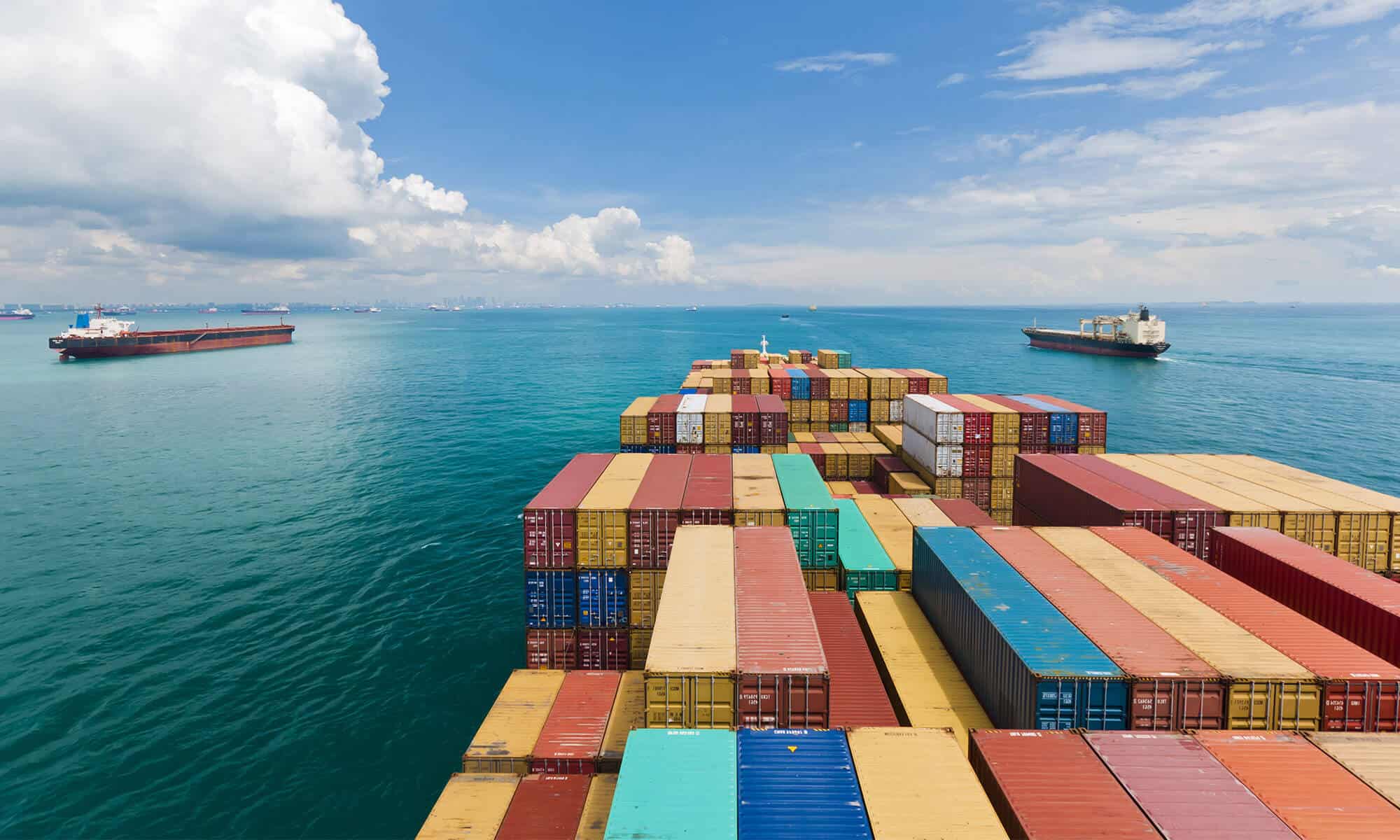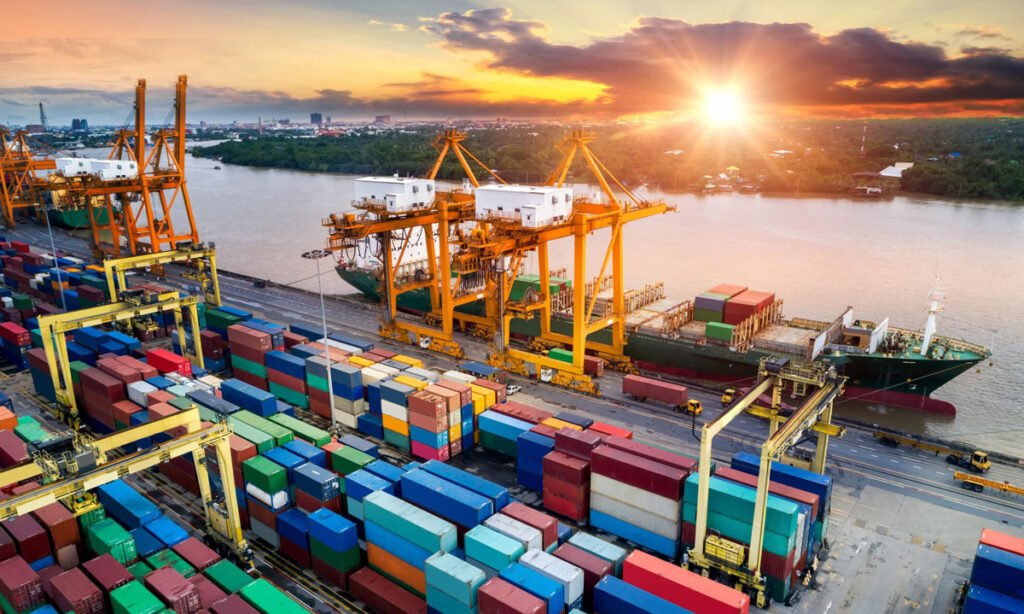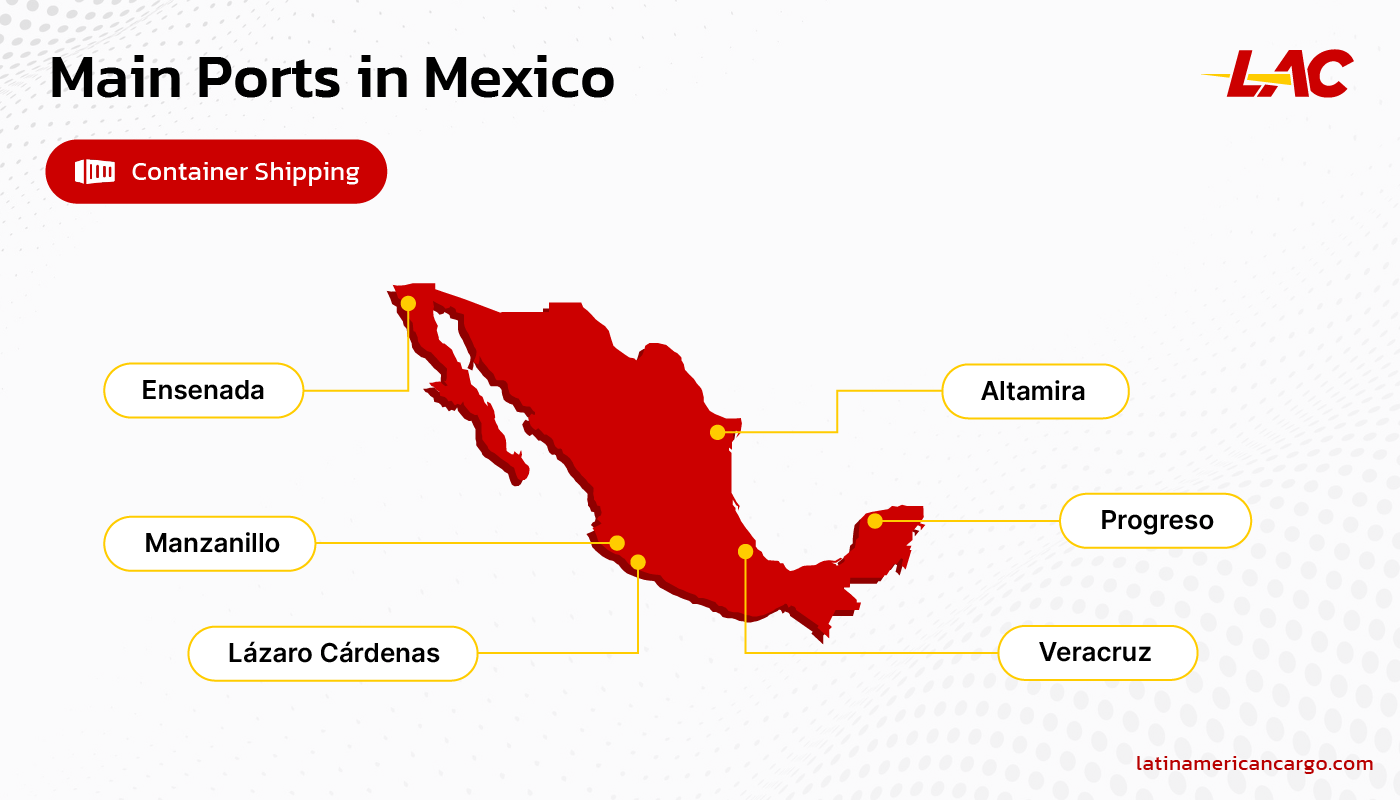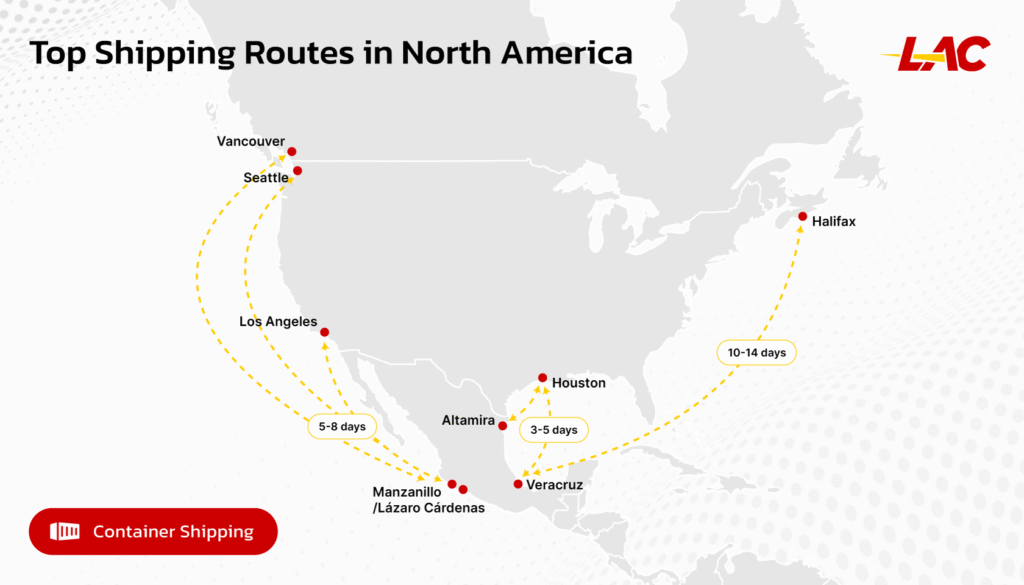
Need to ship containers to Mexico? LAC – Latin American Cargo™ offers reliable Full Container Load (FCL) and Less than Container Load (LCL) solutions with competitive rates and expert guidance. We specialize in North America–Mexico trade routes, ensuring fast transit and smooth logistics for your cargo.
| Container Size | Avg. Cost (USD) | Avg. Cost (CAD) | Notes |
|---|---|---|---|
| 20ft container | $1,200 – $2,500 | C$1,600 – C$3,400 | Typical cost range for standard FCL shipments |
| 40ft container | $2,000 – $3,500 | C$2,700 – C$4,700 | Approximate range; varies by distance, route, and port fees |

Pro Tip: Note that FCL shipments are priced per container, whereas LCL shipments are priced by volume or weight. This means an LCL shipment will cost less overall than hiring a whole container, but the per-unit cost is higher because you’re paying for shared space and handling. Prices also vary based on distance, route, and port fees – a longer route or additional transshipments will increase the cost.
→ To know your exact cost, we recommend requesting a tailored quote.

Understanding how shipping rates are calculated helps you manage budgets and avoid surprises. Several key factors determine the cost of shipping a container to Mexico:
The distance between origin and destination ports is a primary cost driver. Shipping from a nearby U.S. Gulf Coast port to Mexico (a short-haul route) will generally cost less than shipping from more distant ports. Common trade lanes, such as Houston to Veracruz, benefit from frequent sailings and short transit times, keeping costs lower. In contrast, longer or indirect routes (for example, routing from Eastern Canada through the Panama Canal to Mexican ports) increase transit time and expenses.
The size and type of container you need will affect pricing. Standard 20-foot and 40-foot containers are most common; 40ft containers cost more but carry roughly twice the volume of a 20ft. Specialized units like High Cube (extra height) or Refrigerated (Reefer) containers come with higher rates due to their added capacity or equipment. Choosing the right container size for your cargo ensures you pay only for the space you need.
What you are shipping influences the rate. General cargo (e.g., electronics or apparel) follows standard pricing, but hazardous materials often incur additional surcharges. Perishable goods that require temperature control will need a reefer container, which is more expensive than a dry container. Carriers also consider cargo weight and value – unusually heavy loads or high-value goods might lead to extra handling costs or insurance fees.
Beyond the base ocean freight, be prepared for additional charges. These include documentation fees (for processing the bill of lading, export paperwork), port handling charges at the loading and unloading ports, and customs clearance fees in Mexico. If your shipment needs to be trucked or railed from the Mexican port to an inland city, those inland transport costs will add to the total as well. Import duties and taxes (IVA) may apply for certain goods, though under USMCA, many qualifying U.S. or Canadian products enter Mexico duty-free. Understanding these extra fees upfront helps you estimate the door-to-door cost more accurately.
Key cost factors at a glance:

Mexico has several major seaports that handle containerized cargo. Choosing the right port can optimize transit time and cost depending on your shipment’s origin and final destination.
Here are the main container ports and their advantages for shippers in the US and Canada:
Each of these ports offers unique advantages. The optimal choice depends on your cargo’s origin and where in Mexico it needs to go. LAC can advise you on selecting the best port to minimize transit time and cost for your specific shipment.

Logistics managers plan routes carefully to ensure fast and cost-effective delivery. These are some of the top ocean shipping lanes connecting the United States and Canada with Mexican ports:
Transit times can be as short as 3–5 days thanks to the close proximity.
Shipping from the U.S. Gulf Coast (e.g. Houston or New Orleans) to Mexico’s Gulf ports is one of the fastest options. These routes have frequent departures, so cargo from the southern U.S. can reach Mexico in under a week. This lane is popular for bulk commodities, industrial equipment, and chemicals moving into Mexico’s Gulf-region industries.
Ships leaving ports like Los Angeles, Seattle, or Vancouver can reach Manzanillo or Lázaro Cárdenas in about 5–8 days.
This is a speedy route for West Coast exporters. Electronics, automotive components, and retail goods often move along this lane. For shippers in California or British Columbia, sending containers directly to Mexico’s Pacific ports avoids longer paths (like routing via the Panama Canal), saving time.
Transit times are longer – roughly 10–14 days – given the distance and any transshipment en route.
Shipments from Eastern Canada or the U.S. Great Lakes region often go by sea via the Atlantic and Gulf of Mexico to reach Veracruz or Altamira. This route is vital for East Coast and Great Lakes industries supplying central and northern Mexico. Often, intermodal solutions (like railing goods to a U.S. Gulf port) are used to streamline the journey.

Many industries rely on container shipping to Mexico. Common commodities include:

Key Insight: These diverse goods reflect Mexico’s growing industrial and consumer demand. With strong trade ties (like USMCA) in place, businesses continue to ship everything from raw materials to high-tech components in containers to Mexico.
Full Container Load (FCL) shipping is often the best choice when your cargo fills an entire container, giving you greater control over packing, sealing, and scheduling. This option is ideal if you can utilize most of a 20ft or 40ft container, or if you prefer not to share space due to security or timing concerns.
If your shipment volume is approaching the capacity of a container (for example, around 10 or more cubic meters), FCL often becomes more cost-effective than LCL. FCL shipments also tend to move faster since they don’t wait for other cargo; your container can be loaded on the next available vessel without delay.
Key benefits of FCL shipping:
Our team of logistics experts is ready to optimize your supply chain and deliver seamless shipping solutions.

Less than Container Load (LCL) shipping is ideal for smaller shipment volumes. It allows you to share container space (and costs) with other shippers heading to the same destination. You only pay for the space you use, avoiding the expense of a half-empty container.
Many small and medium-sized enterprises (SMEs) in the US and Canada rely on LCL to ship goods to Mexico without paying for a full container. If you only have a few pallets to send, regular LCL consolidation services (often with weekly sailings to major ports) make ocean shipping practical and affordable.
LCL shipments may take a bit longer than FCL because of the consolidation process, but the cost savings are significant for smaller loads. With a reliable forwarder like LAC managing the shipment, you still get full tracking visibility and careful handling to ensure your cargo arrives safely.
Key benefits of LCL shipping:
Choosing the right freight forwarder is crucial for a smooth shipping experience. LAC sets itself apart in the Mexico trade lane through several key strengths:
With LAC as your logistics partner, you can have peace of mind that your container shipments to Mexico are handled by experts. We manage the details while you focus on your core business.
Transit times depend on the origin and route. From a U.S. Gulf Coast port, a container can arrive in Mexico in as little as 3–5 days. From the West Coast of the US or Canada to a Pacific port in Mexico, it’s usually about a week. Shipments from Eastern Canada or other distant points can take around 2 weeks or more.
Typically, you need a commercial invoice, a packing list, and a bill of lading. A certificate of origin (e.g. a USMCA certificate) is often required so your goods qualify for preferential tariffs. You’ll also need to file an import declaration with Mexican customs, and certain products might require special permits or certificates (for example, health permits for food or pharmaceutical items).
Yes. Carriers routinely handle 20ft containers from Canada to Mexico. Depending on your location, the container can depart from a Canadian port (like Vancouver or Montreal) or be trucked/railed to a U.S. port for loading on a vessel to Mexico. A freight forwarder like LAC will determine the best route and handle any cross-border logistics required to get your container on its way.
It depends on your shipment size. FCL (Full Container Load) tends to be cheaper per unit if you have enough cargo to fill most of a container, since you pay a flat rate for the entire box. LCL (Less than Container Load) is usually more economical for small shipments because you’re only paying for your portion of the container. As a guideline, if your cargo volume is close to filling a 20ft container (about 28 cubic meters), FCL is likely the better deal; if it’s much less, LCL will be more cost-effective.
It’s not legally required, but it’s highly recommended. Mexico’s import regulations and paperwork can be complex. A licensed customs broker will help prepare the clearance documents, classify your goods correctly, and ensure duties or VAT (IVA) are handled properly. This professional guidance prevents delays or fines. If you work with LAC, we will coordinate with a trusted customs broker (or act as your broker) to make sure your shipment clears customs smoothly.

Have more questions? Our experts are ready to help. Feel free to reach out for specific advice on shipping to Mexico.
Learn from the experiences of those who matter most: our customers

